How to create a SID chip-style bass sound
Crunchy square-wave bass with AudioThing miniBit CM
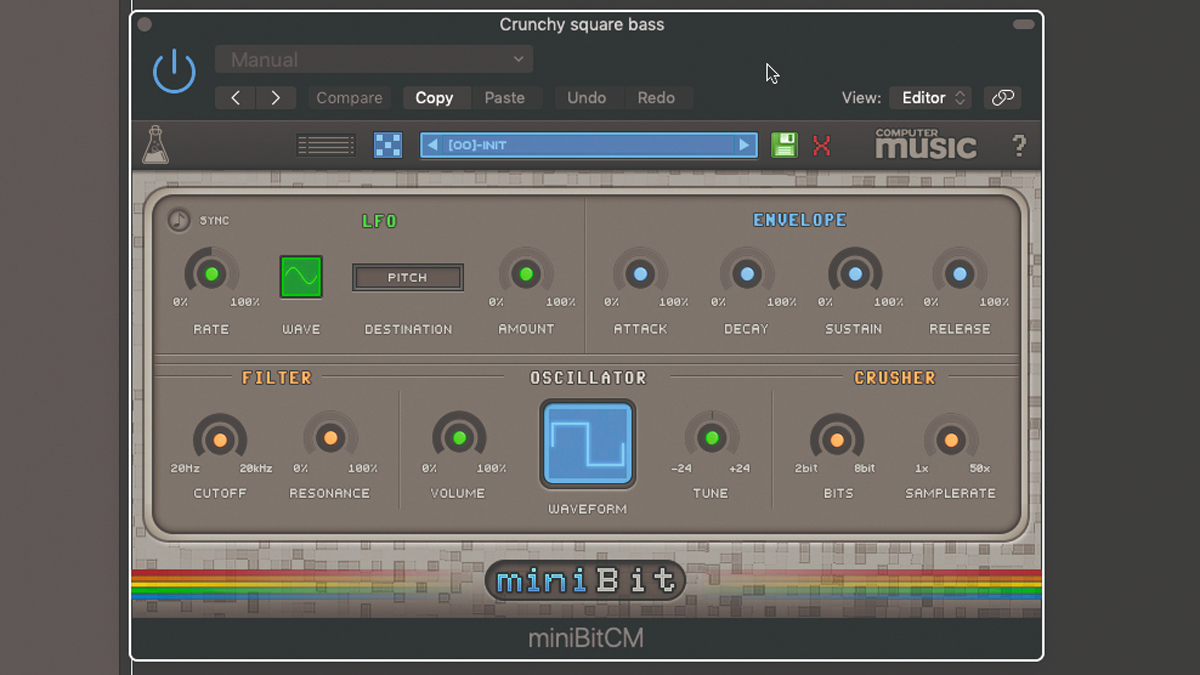
Let’s make a crunchy SID chip-style bass sound with miniBit CM, free in CM Plugins.
Click here to download the files you need to complete this tutorial.
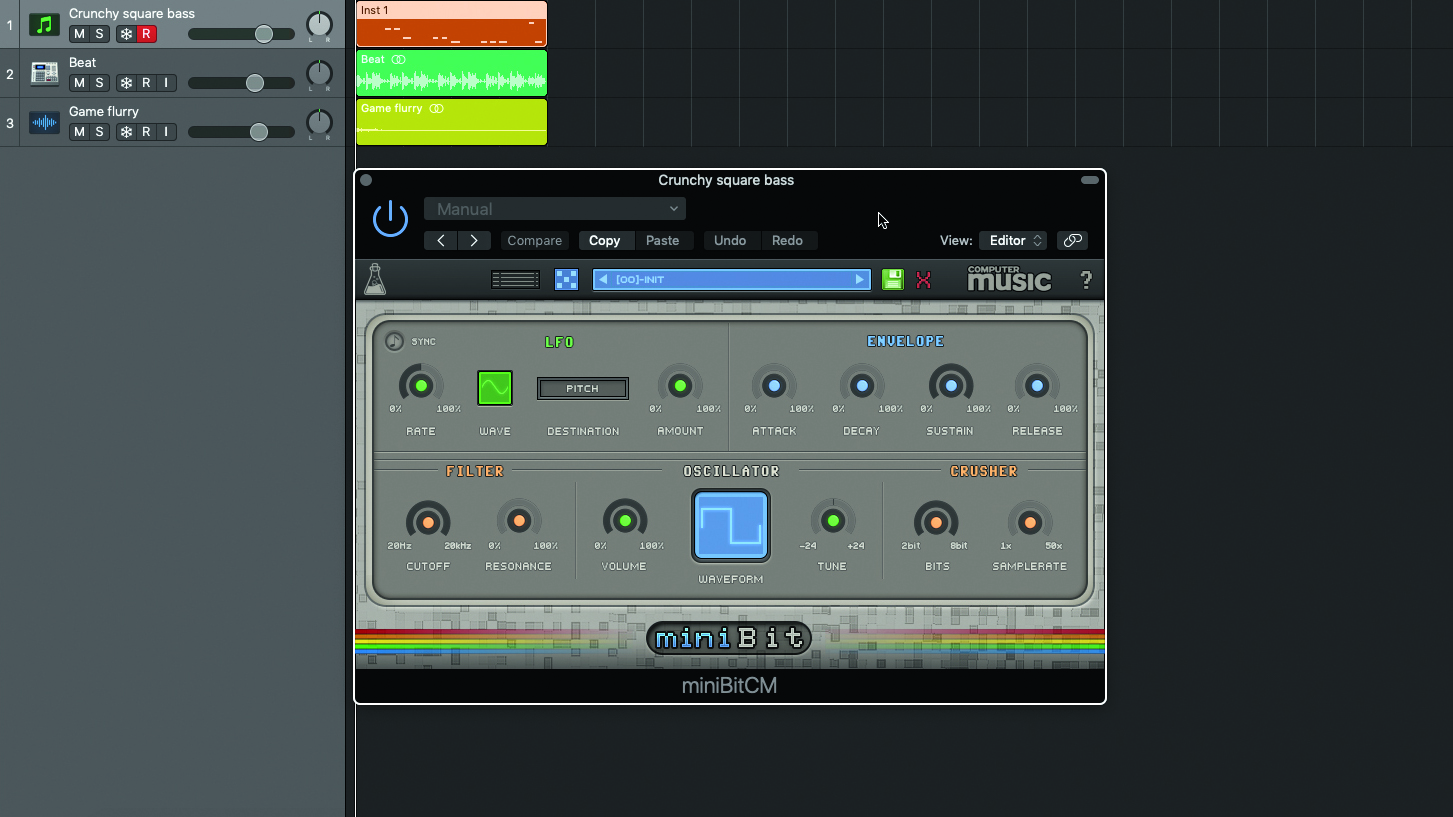
Step 1: The original SID chip was capable of pulse width modulation. miniBit CM isn’t, but we won’t let that stop us. Open a new 120bpm project in your DAW and launch miniBit CM on a MIDI track. Import Crunchy square bass.mid, Beat.wav and Game flurry.wav.
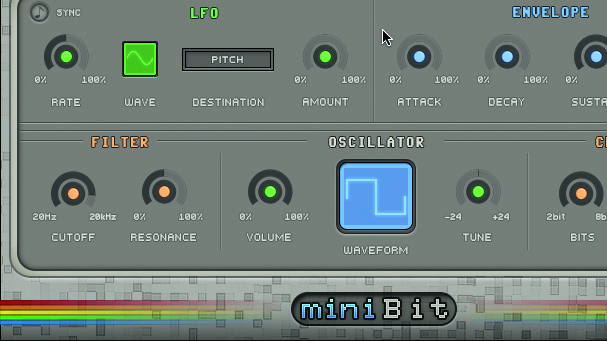
Step 2: Our oscillator is already set to a square wave, which is sufficient for a retro-ish bass sound. It’s a little too bright, though, so bring the filter Cutoff down to about 4kHz, then raise Resonance to 50% for more bite. This sound isn’t quite ‘chiptune’ yet, so let’s take it further...
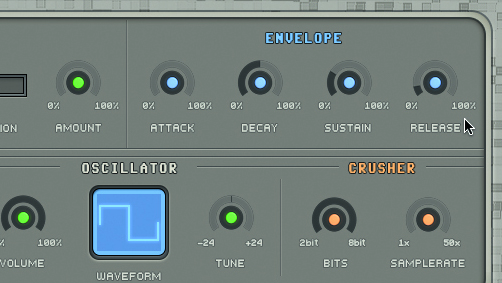
Step 3: The dynamics of our sound needs a bit of work, so bring the Envelope’s Decay up to around 50%, Sustain down to 35% and Release to around 20%. This lets our sound tail off a bit when we trigger it via MIDI. Time for some retro crunch next…
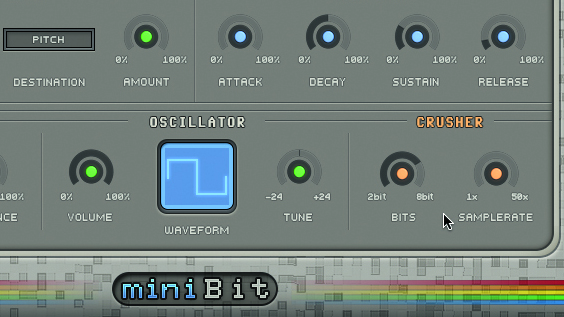
Step 4: Chiptune music is all about low bit rates, and miniBit is perfect for this type of sound. Let’s turn our attention to the Crusher section, where we can dial in some dirt. Lower the Bits to 6 – we don’t want to go too low.
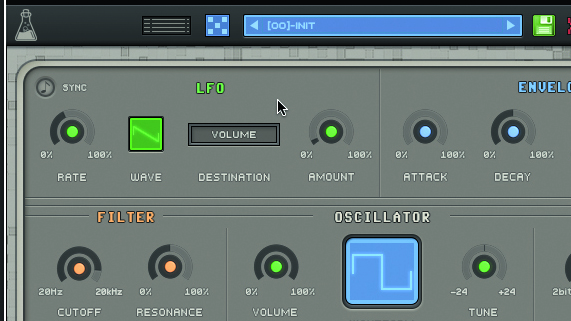
Step 5: It’s motion time! Change the LFO Waveform to saw, then select an unusual wave shape – we want one that’ll bring our sound alive. Set the Destination to Volume and Amount to 15%, then pull Rate down to about 45%. This amplitude modulation fluctuates our patch’s volume, giving it retro character.
Want all the hottest music and gear news, reviews, deals, features and more, direct to your inbox? Sign up here.
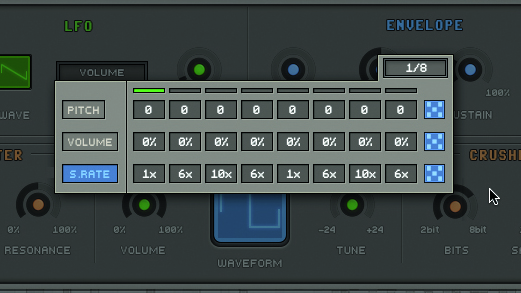
Step 6: miniBit has an interesting Arpeggiator section – let’s use it to rhythmically alter our patch’s bit rate. Click on the lines to the left of the dice to open the Arpeggiator, click on S Rate and change the sample rate values to cycle through 1x, 6x, 10x and back.
Computer Music magazine is the world’s best selling publication dedicated solely to making great music with your Mac or PC computer. Each issue it brings its lucky readers the best in cutting-edge tutorials, need-to-know, expert software reviews and even all the tools you actually need to make great music today, courtesy of our legendary CM Plugin Suite.
